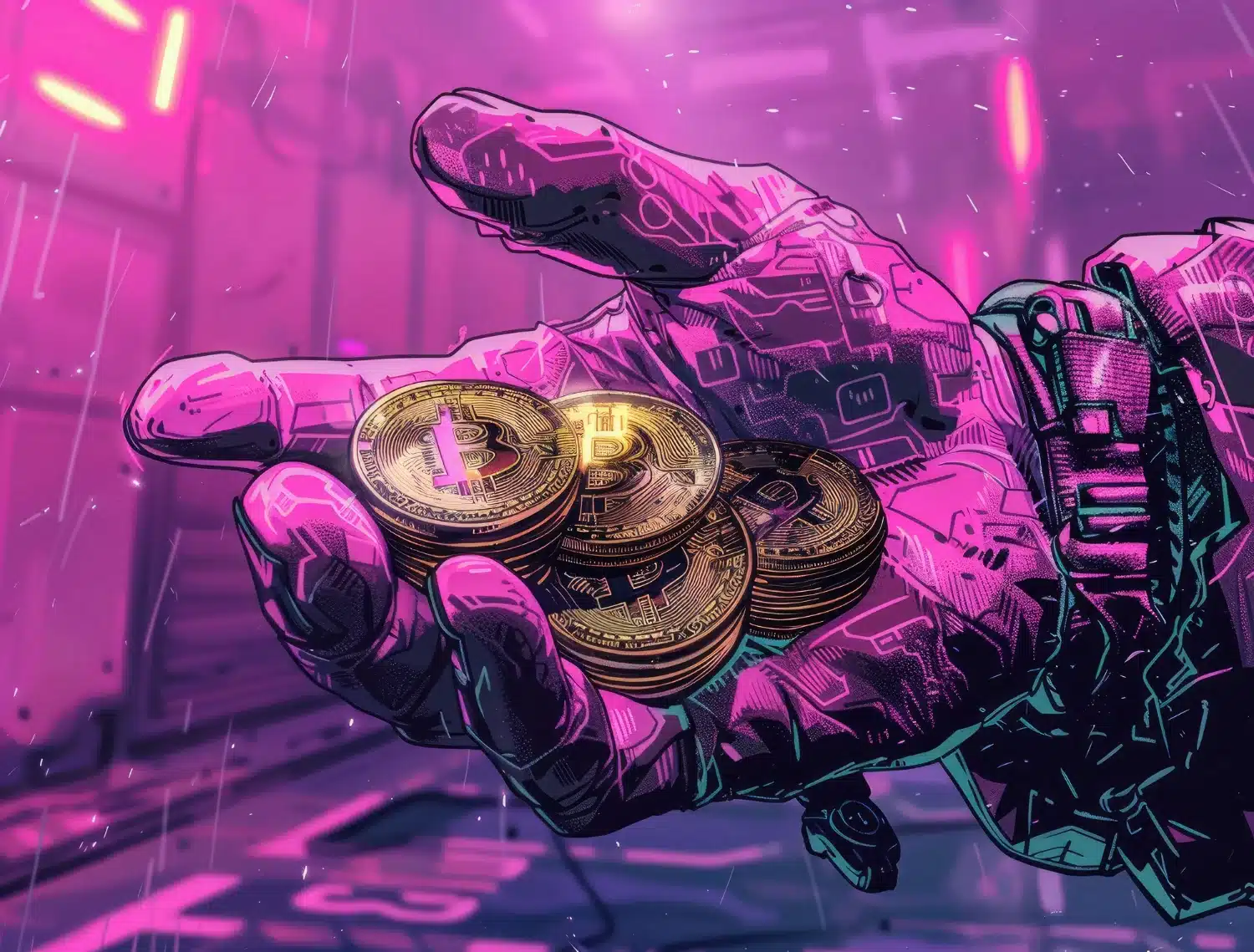Cryptocurrency markets are notoriously volatile, with prices often experiencing significant fluctuations. For investors looking to maximize their returns, timing can be everything. While predicting exact market trends is challenging, certain months have historically shown more favorable conditions for buying cryptocurrency. In this article, we will discuss factors to consider when determining the best month to buy cryptocurrency and how to make informed decisions based on market trends.
1. Understanding Crypto Market Cycles
To understand when the best time to buy cryptocurrency is, it’s essential to recognize the cyclical nature of crypto markets. Crypto markets tend to follow a pattern of bull and bear cycles, which can be influenced by various factors such as technological developments, government regulations, or shifts in market sentiment. Although market cycles are unpredictable, patterns often emerge over time, helping investors identify potential opportunities.
Crypto markets are also driven by factors like market sentiment, investor behavior, and economic trends. For example, when Bitcoin and other major cryptocurrencies experience a dip, it often indicates a potential buying opportunity for those who can endure short-term volatility.
2. Historical Trends and Seasonal Patterns
While no month guarantees profitability, examining historical data can offer some insights into patterns that may help investors time their purchases. According to several studies and market analyses, the following months have shown interesting trends:
- January: January is often considered one of the best months to buy cryptocurrency, particularly for Bitcoin. The start of the year tends to attract new investors, and the market may see a slight uptick after the holiday season. Additionally, many investors use this time to rebalance their portfolios, which can lead to price fluctuations. As new institutional investors and retail buyers enter the market after New Year’s resolutions, there is a potential for growth.
- February: Following a strong January, February can also be a good time to buy, especially if the market shows early signs of recovery. Cryptocurrency markets can sometimes experience a mid-winter dip, which may offer an opportunity to buy at lower prices before a potential rebound in the spring.
- March-May: Historically, spring months like March through May have shown promising growth in cryptocurrency markets. After the initial surge in January and February, the market can stabilize and experience more consistent growth during these months. With improved investor sentiment, prices may see a positive shift, making it a good time to enter the market.
- October-November: Fall months are another time when the market can see strong performance, particularly in November. Historically, cryptocurrencies have experienced growth in the latter part of the year, especially as institutional investors prepare for year-end reports. The excitement around new blockchain projects and technological advancements can drive interest, leading to price increases.
3. Market Sentiment and External Factors
While seasonal trends can provide a general overview of the best times to buy cryptocurrency, external factors play a significant role in shaping the market. Here are some factors to consider:
- Regulatory Changes: Government policies and regulations can have a major impact on the price of cryptocurrencies. For instance, announcements from governments regarding crypto taxation, cryptocurrency bans, or adoption can significantly influence market sentiment. Monitoring regulatory news is crucial, as any changes can prompt price movements.
- Market Sentiment: The broader sentiment surrounding cryptocurrency markets is another factor to consider. If the market is in a bullish phase, it may seem like a good time to buy; however, it’s important to be cautious of buying during market hype, as corrections often follow significant price increases. Conversely, bear markets might offer lower entry points, but the risk of further declines should be evaluated.
- Bitcoin Halving: Bitcoin halving events, which occur approximately every four years, can also influence the best time to buy. These events reduce the rate at which new Bitcoins are mined, which can lead to reduced supply and a subsequent increase in price. Historically, Bitcoin’s price has risen after halving events, and many investors plan to buy before or during these periods in anticipation of price growth.
4. When to Avoid Buying Cryptocurrency
While it’s important to identify the best months to buy, it’s also crucial to know when to avoid purchasing cryptocurrencies. Here are some scenarios where it may not be ideal to enter the market:
- During FOMO (Fear of Missing Out): Many investors rush to buy when they see prices increasing rapidly, fearing they’ll miss out on potential profits. This often leads to buying at the peak, only for prices to correct shortly after. It’s essential to avoid buying during a hype cycle driven by FOMO.
- During Extreme Volatility: Large price swings can be tempting for short-term traders, but if you’re a long-term investor, it’s best to avoid buying during periods of extreme volatility unless you have a clear strategy in place. Major price drops may signal market uncertainty or external events affecting the market.
- After Regulatory Announcements: Crypto prices often fluctuate based on regulatory news. If an unfavorable announcement regarding cryptocurrency regulations is made, prices may drop significantly. This might be an ideal time to buy, but it’s best to be cautious and wait for market reactions to settle.
5. Long-Term Strategy vs. Short-Term Gains
When deciding the best month to buy cryptocurrency, it’s important to distinguish between long-term investment strategies and short-term trading. Long-term investors typically don’t focus on short-term fluctuations but rather on the overall trajectory of the market over the years. For these investors, the best time to buy may simply be when they have the capital to do so and when they feel confident in the long-term value of the cryptocurrency they are buying.
For short-term traders, timing is crucial, and they may look to take advantage of specific months or market events for profit. Short-term traders often rely on technical analysis, market sentiment, and historical trends to time their buys and sells more effectively.
Conclusion
There’s no single “best” month to buy cryptocurrency, as market conditions can change rapidly. However, analyzing historical trends, understanding market sentiment, and considering external factors such as regulatory changes can provide valuable insights into when the market might present favorable buying opportunities. Ultimately, the best time to buy cryptocurrency will depend on your investment strategy, whether you’re looking for long-term growth or short-term gains. Always conduct thorough research and consult with crypto experts before making your move.



